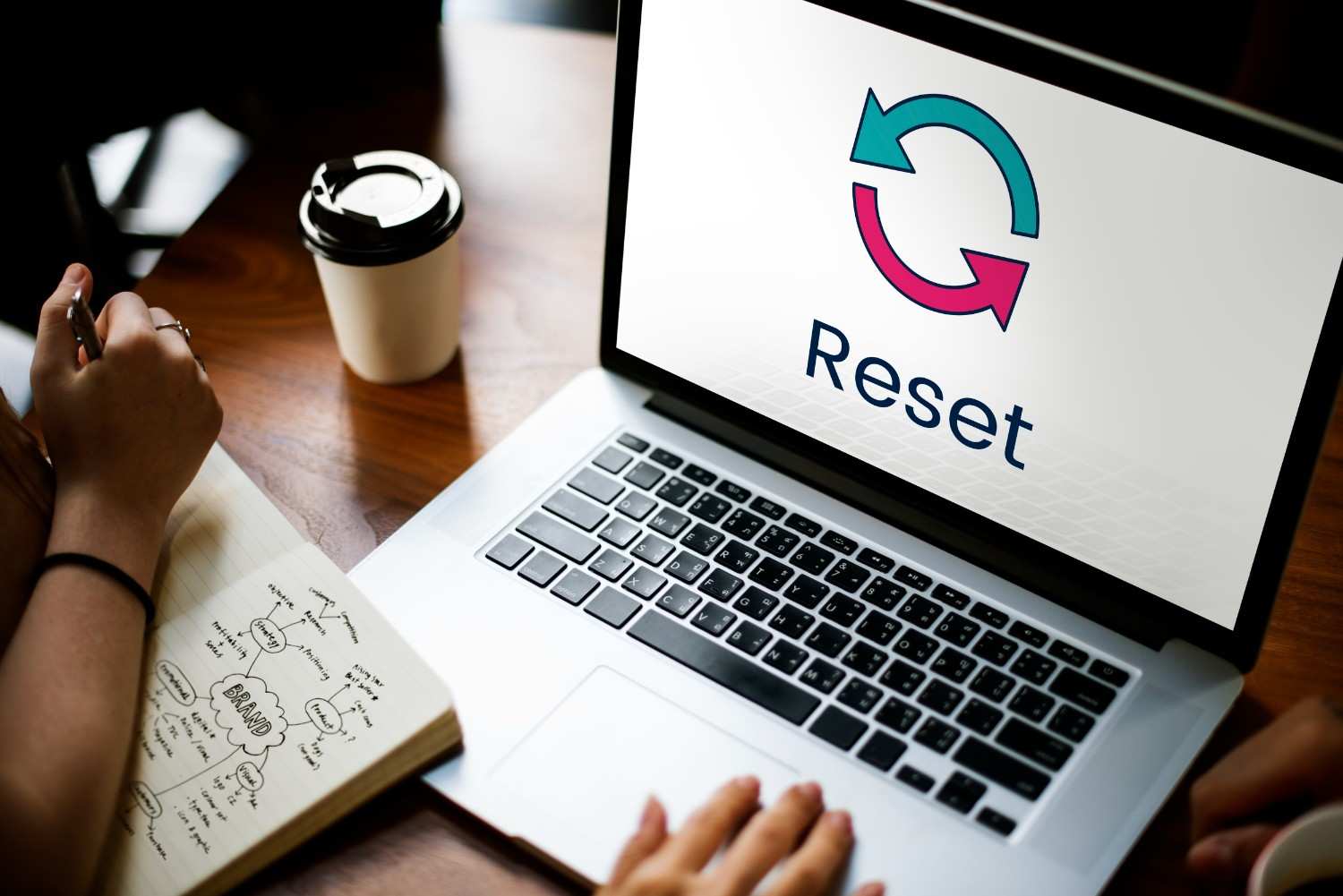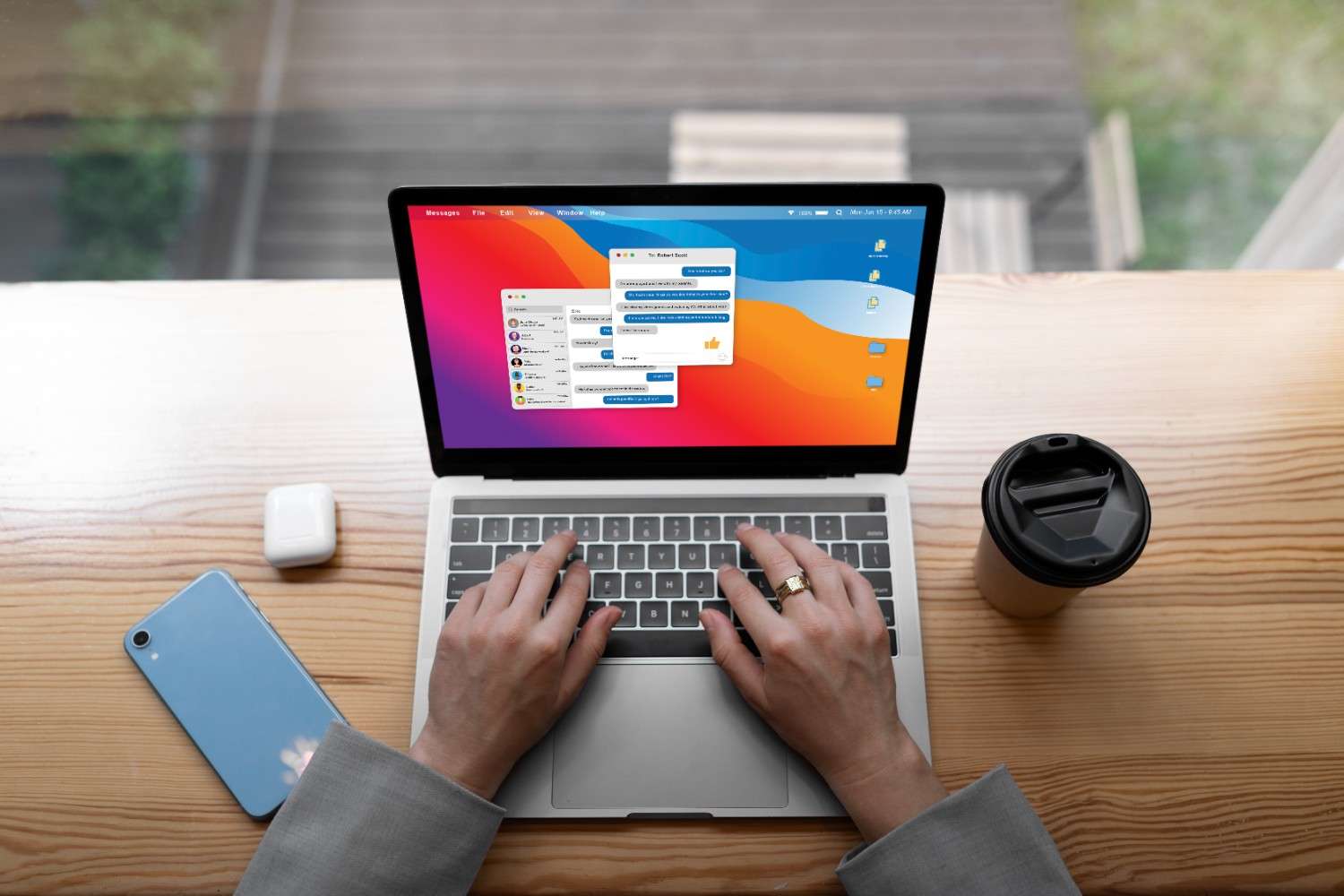Ever been in the middle of writing an essay, playing an online game, or streaming your favorite show when your Chromebook suddenly locks up? The cursor won’t move, the screen won’t respond, and no matter how much you tap the touchpad, nothing happens. I’ve been there—it’s frustrating, especially when you’re on a deadline or mid-episode. The good news is that learning how to unfreeze a Chromebook isn’t complicated. With a handful of quick tricks, you can bring your device back to life and avoid unnecessary stress.
In this guide, I’ll walk you through step-by-step methods, share why freezes happen, and give you extra tips to prevent them in the future. Whether you’re new to Chromebooks or a seasoned user, this breakdown will make sure you’re never stuck staring at a frozen screen for long.
Why Does a Chromebook Freeze in the First Place?
Chromebooks are known for being lightweight, fast, and reliable. But like any computer, they can stumble. Common causes include:
- Overloaded memory: Too many browser tabs or apps open at once can strain your system.
- Software glitches: Outdated Chrome OS updates sometimes lead to bugs and slowdowns.
- Unresponsive apps: Some web apps, especially resource-heavy ones, can freeze unexpectedly.
- External device conflicts: Plugged-in accessories like USB drives or external monitors may interfere with system performance.
- Background processes: Chrome extensions or background tasks can eat up resources without you realizing it.
Understanding these causes is helpful because it means you can troubleshoot smartly—starting with the simplest fixes before moving on to more advanced solutions.
Method 1: The Power Button Restart

This is the first thing I try whenever my Chromebook freezes.
- Press and hold the Power button until the screen goes completely black.
- Release it, then press the Power button again to restart the device.
This method forces your Chromebook to shut down completely, clearing temporary glitches. It’s like giving your device a deep breath before it starts again.
Pro tip: If your Chromebook often freezes during long study or work sessions, get into the habit of restarting it every few days to keep things running smoothly.
Method 2: Hard Reset (Back + Refresh + Power)
Sometimes, the power button alone isn’t enough. In that case, a hard reset is your next move.
- On the top row of your keyboard, locate the Back key (usually a left-pointing arrow), the Refresh key (a circular arrow), and the Power button.
- Hold all three down for about 10 seconds.
- Your Chromebook should reboot itself.
This hard reset clears certain cache files and resets hardware connections, which makes it more powerful than a simple restart. It’s especially helpful if your device is completely unresponsive.
Method 3: Refresh + Power Shortcut

For quick restarts, this method is faster than a hard reset:
- Hold down the Refresh key (circular arrow).
- While holding it, tap the Power button once.
This doesn’t erase data or perform a full reset—it’s just a faster way to restart your Chromebook. Think of it as a quick system nudge when things feel stuck.
Other Solutions if Your Chromebook Stays Frozen
If none of the restart methods work, don’t worry—you still have options.
1. Close Unresponsive Apps with Task Manager
- Press Search + Esc to open the Task Manager.
- Look for apps or tabs labeled “Not Responding.”
- Select them and click End Task.
This is like using Ctrl + Alt + Delete on a Windows PC. It’s perfect when just one app is misbehaving but you don’t want to reboot the whole system.
2. Disconnect External Devices
Sometimes, the problem isn’t the Chromebook itself—it’s what’s plugged into it. USB drives, external keyboards, or even headphones can interfere. Unplug them one by one to see if the freeze clears up.
3. Update Chrome OS
Outdated software is a hidden culprit for many freezing issues. To update:
- Go to Settings > About Chrome OS > Check for Updates.
- Install any available updates, then restart your Chromebook.
Keeping Chrome OS current not only fixes bugs but also improves performance and security.
4. Perform a Powerwash (Factory Reset)
If all else fails, consider a factory reset, also called a Powerwash.
- Back up your important files to Google Drive or an external device.
- Go to Settings > Advanced > Reset Settings.
- Select Powerwash and follow the prompts.
This wipes everything and restores your Chromebook to factory settings. It’s a last resort but often solves stubborn issues that nothing else can.
Quick Comparison Table: Chromebook Unfreeze Methods

Here’s a handy table so you can quickly compare your options:
| Method | Keys/Action | Best For |
| Power Button Restart | Hold Power until screen goes black | Minor freezes, quick fixes |
| Hard Reset | Back + Refresh + Power (10 sec) | Serious freezes, full system reboot |
| Refresh + Power Shortcut | Refresh + Power | Quick reboots, light glitches |
| Task Manager Fix | Search + Esc > End task | Ending frozen apps only |
| Disconnect Devices | Remove USB, monitors, accessories | Hardware-related freezes |
| Update Chrome OS | Settings > About Chrome OS | Preventing future freezes |
| Powerwash | Factory reset in Settings | Last resort, persistent issues |
Tips to Prevent Future Freezes
Knowing how to unfreeze Chromebook is great, but preventing freezes in the first place is even better. Here are a few habits that make a big difference:
- Keep tabs under control: Try not to keep dozens of tabs open at once. Use bookmarks or extensions like OneTab to organize them.
- Limit heavy apps: Some Android or Linux apps use more power than your Chromebook can comfortably handle. Close them when not in use.
- Check your extensions: Too many Chrome extensions can drag performance down. Remove the ones you don’t really need.
- Restart regularly: Don’t wait for your Chromebook to freeze before restarting—make it a weekly habit.
- Update promptly: Install Chrome OS updates as soon as they’re available.
FAQs About Unfreezing a Chromebook
What’s the very first thing I should do if my Chromebook freezes?
The simplest method is to hold the Power button until the device turns off, then restart. It solves most minor freezes.
Will a hard reset delete my files?
No. A hard reset just restarts your Chromebook more deeply. Only a Powerwash (factory reset) will erase your local data.
Why does my Chromebook freeze more often when multiple apps are open?
Because Chromebooks rely heavily on system memory (RAM). Running too many apps or tabs can overload resources, leading to freezing.
How do I know when it’s time for a Powerwash?
If your Chromebook freezes regularly even after updates, restarts, and disconnecting devices, a Powerwash may be your best option. Just remember to back up your data first.
What if none of these solutions work?
If your Chromebook still doesn’t respond, it could be a hardware issue. In that case, contact the manufacturer or visit a certified repair center.
Also Read: View twitter without account
Final Thoughts: Keep Your Chromebook Running Smoothly
Dealing with a frozen screen is frustrating, but now you know exactly how to unfreeze Chromebook using reliable methods. Start with the simplest—like the Power button restart—then work your way up to the hard reset or Refresh shortcut. If those don’t work, Task Manager, updates, or even a Powerwash can bring your device back.
The key is patience and knowing which fix to try first. And once your Chromebook is working again, a few preventative habits—like regular updates and limiting background apps—can save you from future freezes.
Next time your Chromebook locks up, you’ll know it’s nothing to stress about. With these fixes in your toolkit, you can unfreeze it in minutes and get right back to what you were doing.

